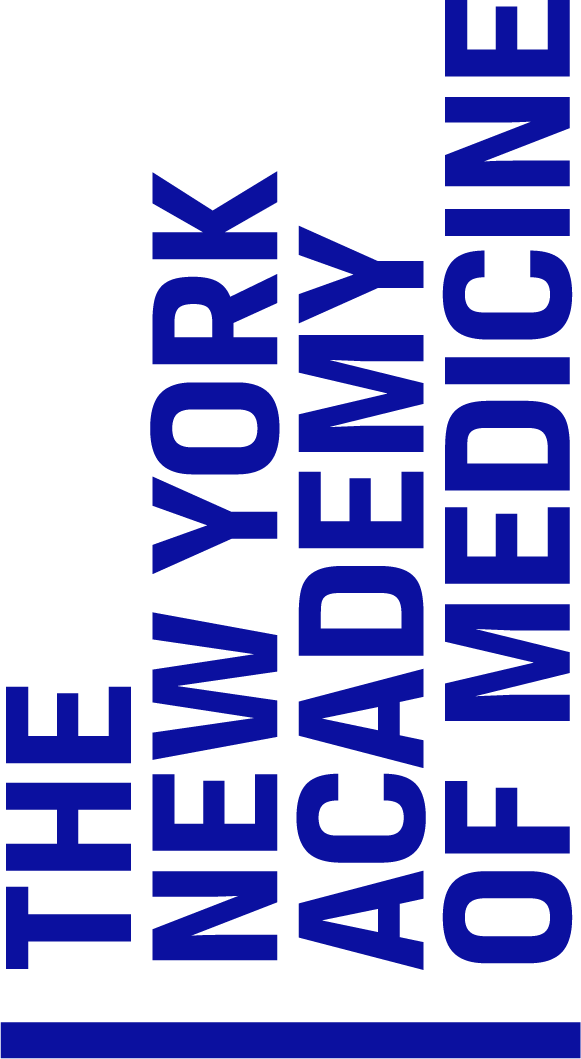Des aller furtrefflichsten, hoechsten und adelichsten Gschoepffs aller Creaturen
Warning message
You must authorize Drupal to use your Google Analytics account before you can view reports.Primary tabs


Walther Hermann Ryff was a surgeon employed in Strassburg in the early 16th Century. One of the highlights of this text are the 42 hand-colored woodcuts in the text, compiled from a number of Renaissance sources. Depicted in the counterfeit style, the illustrations in this book would have implied eye witness knowledge and discovery. In this way, Ryff’s book asserted itself as a credible description of anatomy (though its illustrations were far from anatomically accurate). The text of this book relied on lectures in anatomy and physiology, compounded from other sources. His audience was the ‘gemeine,’ or common man, and its composition in German, rather than Latin, ensured it would have a wider audience. In this way, Ryff’s book would have been indispensable to new readers as a compilation of Renaissance knowledge about the body. The book also offers evidence about early printing history. The wood-blocks for this edition were reused for a set of broadsides before they were passed to a Parisian printer for new editions of Ryff’s work, and for a popular work on surgery. This illustrated the practice of passing wood-blocks from publisher to publisher, and shows how work published in one city continued to be published and disseminated in others
